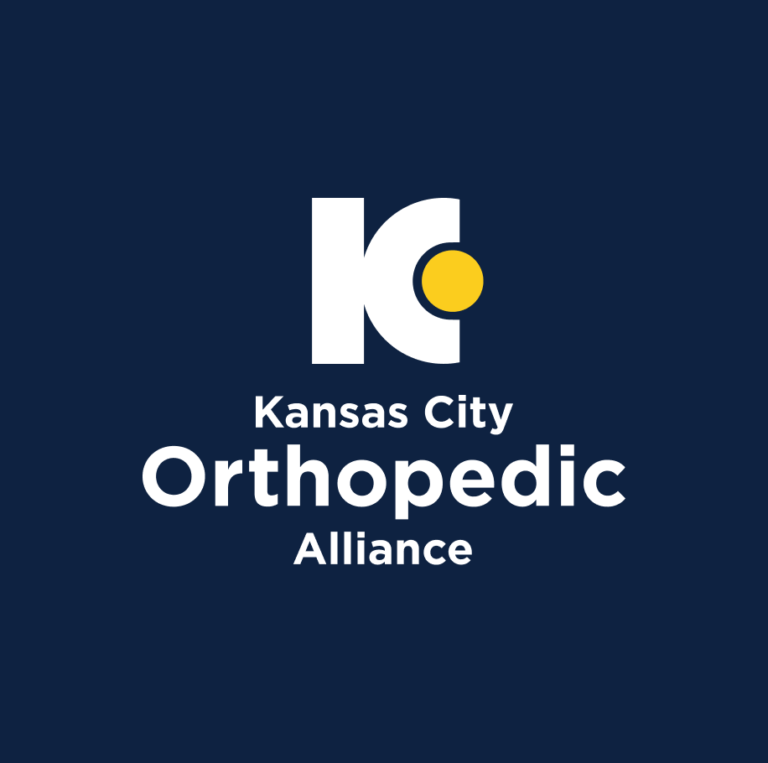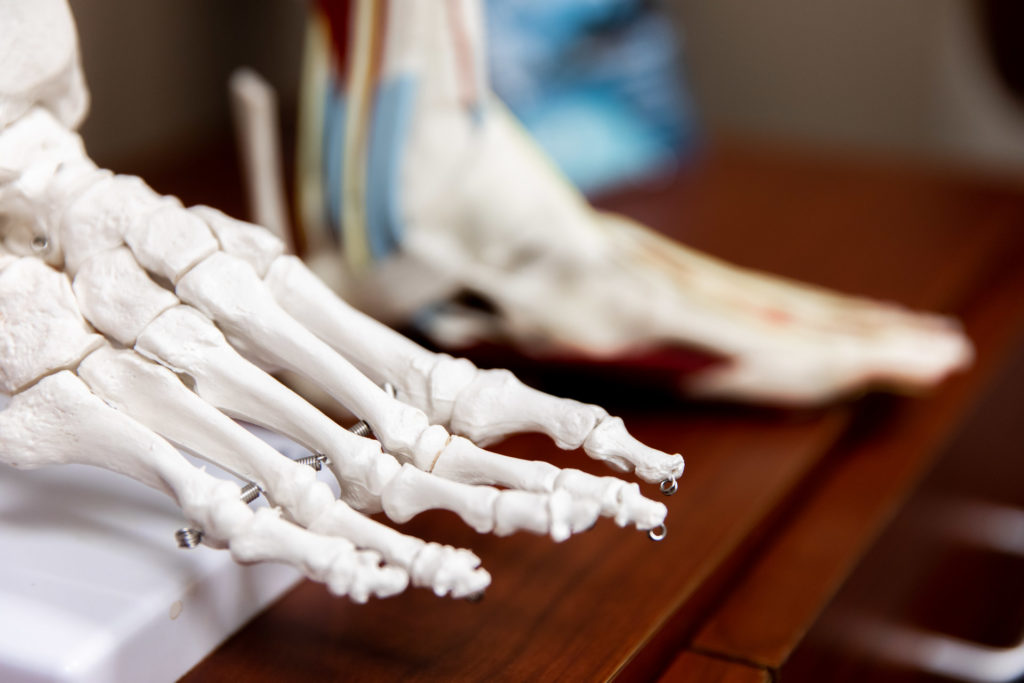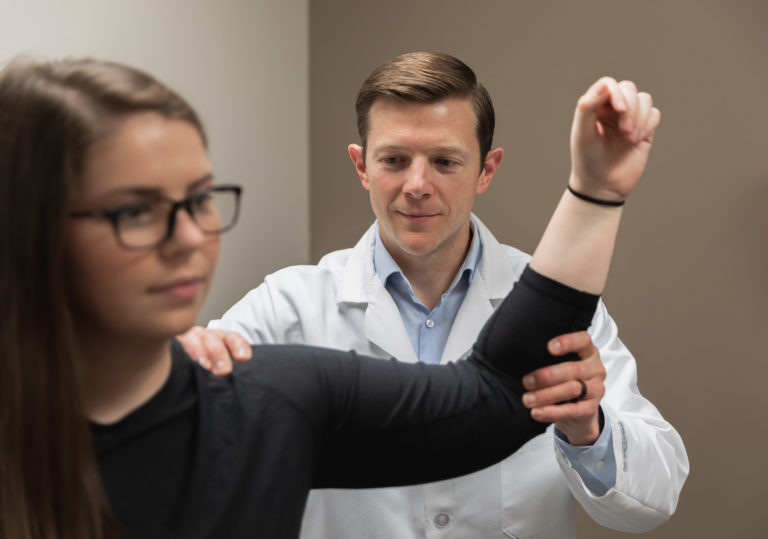
That deep, grinding shoulder pain that wakes you up at night, the sudden instability when reaching for a high shelf, or the persistent ache that makes daily tasks feel impossible—these are common signs that your shoulder joint is struggling. The shoulder allows you to move your arm in nearly every direction, but its complexity also makes it vulnerable to a wide array of injuries and degenerative conditions. There are several shoulder pain treatment options, ranging from non-surgical to surgical.
At Kansas City Orthopedic Alliance (KCOA), our orthopedic specialists recognize that pain exists on a spectrum, and there are many shoulder pain treatment options. A slight twinge from overuse is far different from the debilitating agony of a massive rotator cuff injury or a complex labral tear, for instance. Our philosophy is simple: we focus on the individual patient, accurately diagnosing the problem, and tailoring a treatment plan that addresses your specific pain level, lifestyle, and goals.
This post will walk you through the primary non-surgical and surgical options available to treat the most common causes of significant shoulder pain, ensuring you understand the steps to reclaiming your mobility and quality of life.
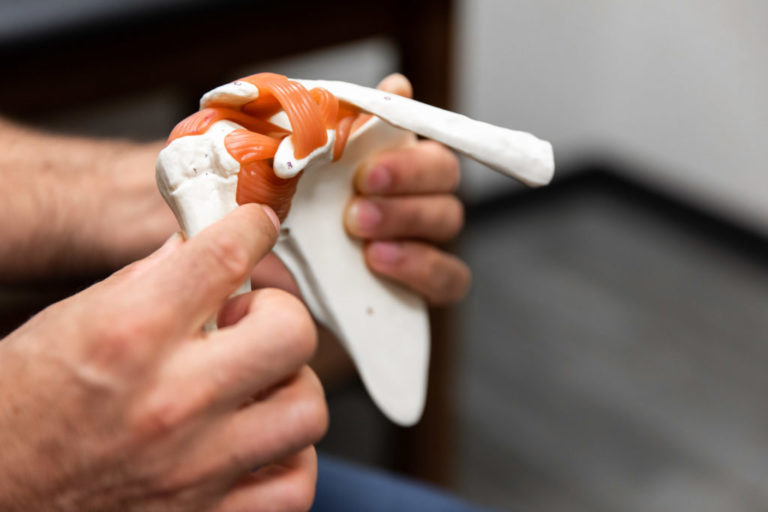
Understanding the Key Players in Shoulder Injuries
To appreciate your treatment options, it helps to know the main parts of your shoulder that often need repair:
The Rotator Cuff: This is a group of four tendons and muscles that surround the shoulder joint. They act like a powerful steering system, holding the ball of the upper arm firmly in the shoulder socket and allowing you to lift and rotate your arm. A rotator cuff injury involves the tearing or fraying of one or more of these tendons, often due to repetitive overhead activities or a sudden fall.
The Labrum: This is a ring of tough cartilage that circles the rim of the shoulder socket (glenoid). It deepens the socket, providing stability and acting like a rubber bumper for the joint. A labral tear can occur from shoulder dislocations, repetitive actions (like throwing), or trauma. Two common types are:
- Bankart Tear: A tear to the lower part of the labrum, often linked to shoulder instability or dislocation.
- SLAP Tear: A tear to the top part of the labrum, often involving the attachment point of the biceps tendon.
Conservative Shoulder Pain Treatment Options: The First Line of Defense
For many conditions, especially partial tears, inflammation, or pain that is not completely disabling, our KCOA specialists start with conservative, non-surgical treatment options. These treatments aim to reduce inflammation, alleviate pain, and restore function without an operation.
- Rest and Activity Modification: Giving the shoulder a chance to heal is critical. This often involves wearing a sling for a short period and avoiding activities that require lifting, pushing, or overhead movements.
- Physical Therapy (PT): This is often the most important non-surgical step. A tailored PT program strengthens the surrounding muscles (like the deltoid and remaining rotator cuff muscles) to compensate for the injured tendons, improve stability, and restore the range of motion. Early, controlled movement is essential to prevent chronic stiffness.
- Medications: Non-Steroidal Anti-Inflammatory Drugs (NSAIDs) like ibuprofen can help manage pain and reduce swelling.
- Corticosteroid Injections: Injecting a powerful anti-inflammatory medicine directly into the joint can offer significant, temporary pain relief. Injections can calm inflammation and allow the patient to participate more effectively in physical therapy.
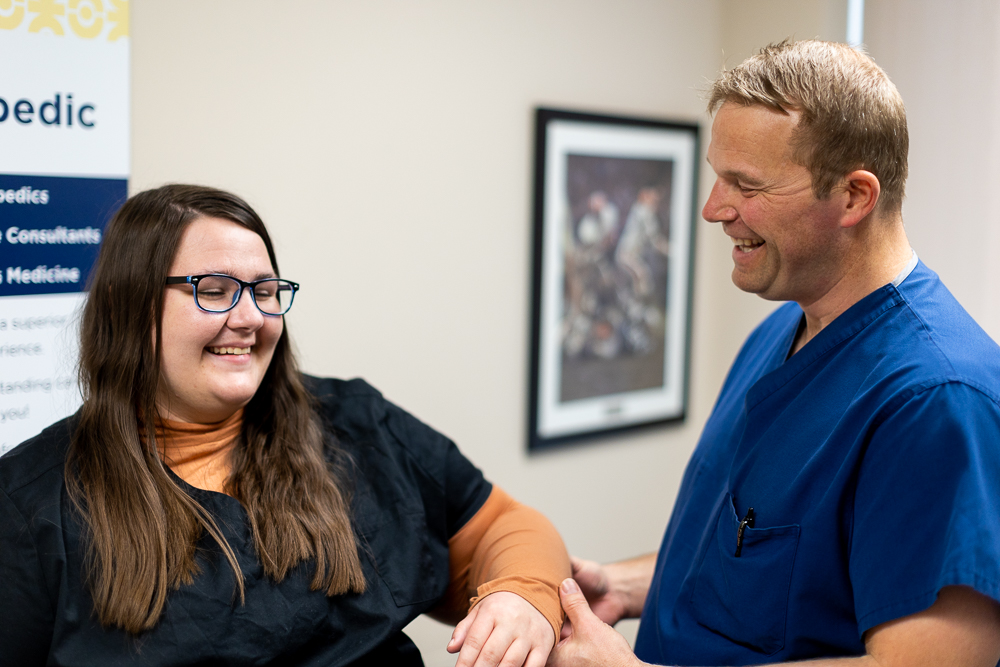
Surgical Solutions: Advanced Repairs for Complex Injuries
When non-surgical treatments fail to provide relief after several months, or if the injury is acute and severe (like a large rotator cuff tear or a recurrent shoulder dislocation), your orthopedic surgeon may recommend surgery. Modern shoulder surgery is typically performed using shoulder arthroscopy, a minimally invasive technique.
Shoulder Arthroscopy: The Keyhole Approach
Shoulder arthroscopy uses a tiny camera (arthroscope) and specialized miniature instruments inserted through small incisions (keyholes) around the joint. This allows the surgeon to visualize and repair damage without making a large, open incision.
- Rotator Cuff Repair: The surgeon uses sutures and anchors (small devices placed in the bone) to reattach the torn rotator cuff tendons back to the head of the upper arm bone (humerus).
- Labral Repair (Bankart and SLAP): The surgeon uses anchors and sutures to reattach the torn labral cartilage back to the edge of the socket, often stabilizing the joint to prevent future dislocations. A specific type is the Bankart repair for tears associated with shoulder instability.
- Biceps Tenodesis: This procedure is often performed alongside rotator cuff repair or labral repair if the biceps tendon is also damaged or a source of pain. It involves detaching the damaged part of the biceps tendon from the labrum and reattaching it lower down on the humerus bone to relieve pain and improve stability.
- Bone Spur Removal: Arthroscopy shaves off bone spurs (acromioplasty) that may be pinching or irritating the rotator cuff tendons (impingement).
This minimally invasive approach generally leads to less pain, smaller scars, and a potentially quicker initial recovery than traditional open surgery. KCOA is a leading provider of Shoulder Arthroscopy in Kansas City.
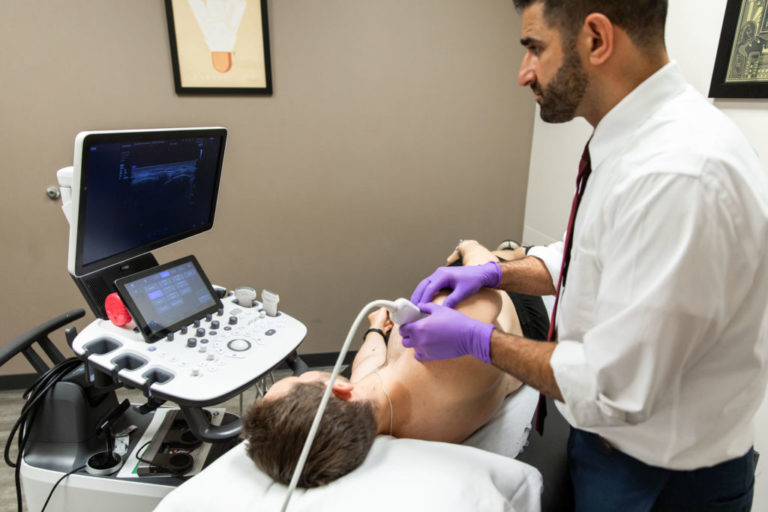
Addressing Severe Damage: Shoulder Replacement
When a rotator cuff injury or long-term arthritis causes irreversible damage to the joint surfaces, a shoulder replacement (arthroplasty) may be necessary. This procedure involves replacing the damaged ball and/or socket with artificial components (prostheses). The decision rests on the condition of the cartilage and the integrity of the rotator cuff.
1. Anatomic Total Shoulder Replacement
This traditional form of shoulder replacement is used when the joint is severely damaged by arthritis. In this case, the rotator cuff tendons are still intact and functional. The artificial ball and socket components are positioned just like the natural joint, relying on the healthy rotator cuff to power and stabilize the arm.
2. Reverse Total Shoulder Replacement
This is a specialized procedure used when the patient has severe arthritis and an irreparable, massive rotator cuff injury. Here, the mechanics of the joint are reversed: the ball is placed on the shoulder blade (where the socket used to be), and the socket is placed on the humerus (the arm bone). This switch allows the powerful deltoid muscle—not the damaged rotator cuff—to lift and move the arm. This is a life-changing option for many patients who otherwise would have minimal functional use of their arm due to a non-repairable rotator cuff tear.
You can explore more about Shoulder Replacement at KCOA.
The KCOA Patient-Centered Approach
As you can see, the path to recovery involves many steps, from simple rest to complex surgery. At KCOA, our orthopedics specialists always emphasize a patient-first approach. We treat the person, not just the symptom. Our team of surgical shoulder specialists includes Dr. Cris Barnthouse, Dr. Stanley Bowling, Dr. John Carlisle, Dr. Dan Chernoff, Dr. David Clymer, Dr. KC Doan, Dr. Scott Ellsworth, Dr. Burrel Gaddy Jr., Dr. Lowry Jones, Dr. Michael McCabe, Dr. Kirk McCullough, Dr. Christopher Peer, Dr. Mark Rasmussen, Dr. Robert Sharpe, Dr. Daniel Stechschulte Jr., Dr. Jacob Stueve, Dr. Greg Van den Berghe, and Dr. Adam Wait. Our interventional physiatry specialists offer many non-surgical options for shoulder care and include: Dr. Lan Fotopolous, Dr. Michael Khadavi, Dr. Brit Moore, Dr. Michael Murphy, Dr. Fermin Santos and Dr. Dan Sisk.
Diagnostic Process
Our diagnostic process includes a detailed physical examination, advanced imaging like X-rays and MRI, and careful consideration of your specific goals. Whether you need to return to professional sports activity or simply lift your grandchild, we are here for you.
We believe in a shoulder pain treatment philosophy that ensures:
- Accuracy: Using state-of-the-art imaging to correctly diagnose the precise nature of the problem.
- Personalization: An example of personalization is starting with the least invasive treatment possible (conservative care) and only advancing to surgery (like shoulder arthroscopy or shoulder replacement) when necessary.
- Commitment: Providing comprehensive care, from the pre-operative consultation to the final physical therapy session. Our goal is to see you fully recover and return to the activities that matter most.
Don’t let shoulder pain continue to limit your life. Constant discomfort, inability to sleep, or significant loss of motion are signs that it’s time to seek expert help. Our expert team is ready to assess your condition and guide you to the best possible solution, ensuring your treatment is as unique as you are.
Take the first step toward a pain-free life and fully functioning shoulder. Request an appointment with one of our highly skilled orthopedic specialists at Kansas City Orthopedic Alliance (KCOA) today: Request an Appointment.
